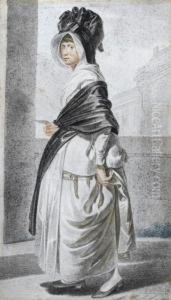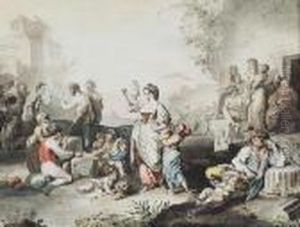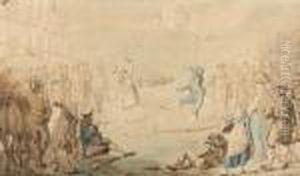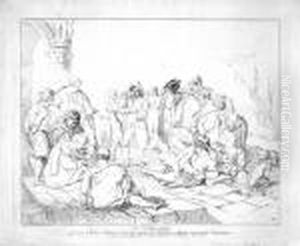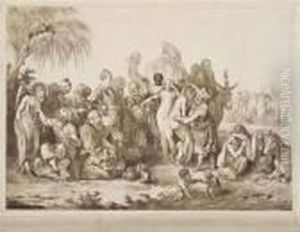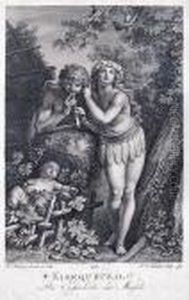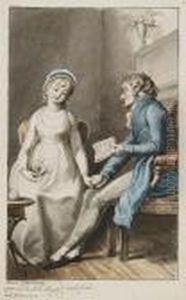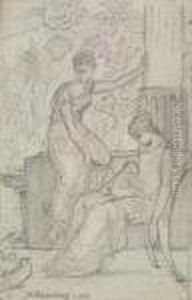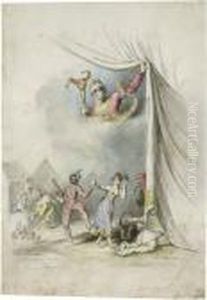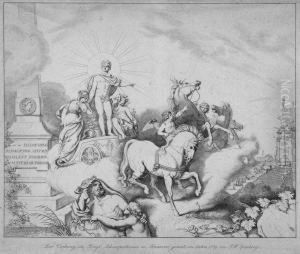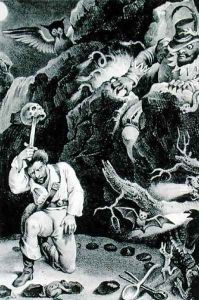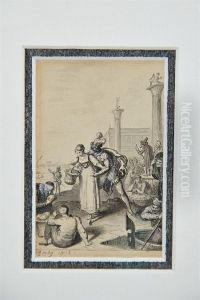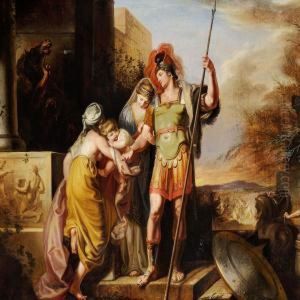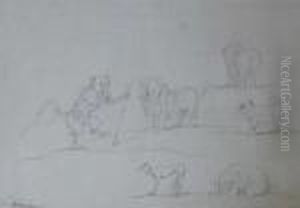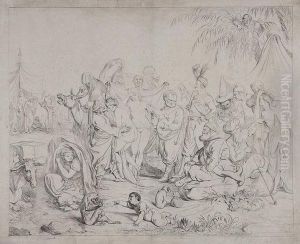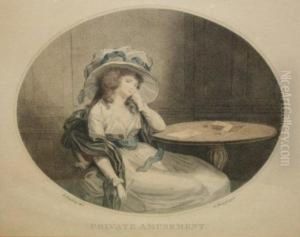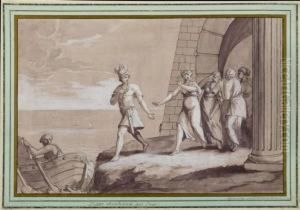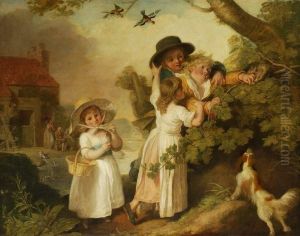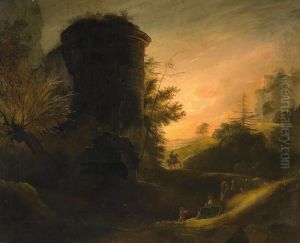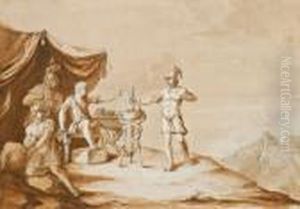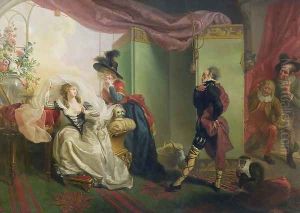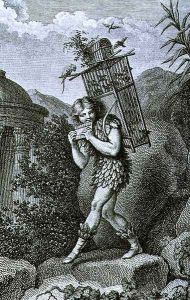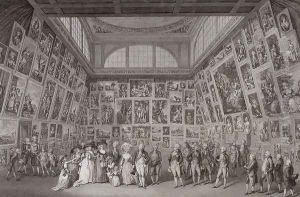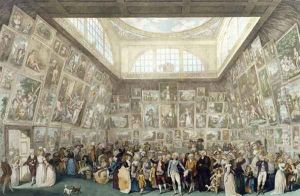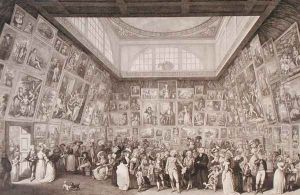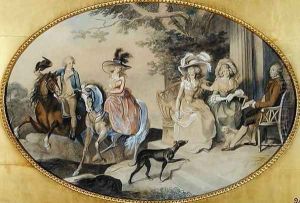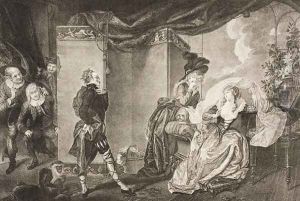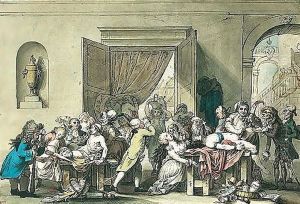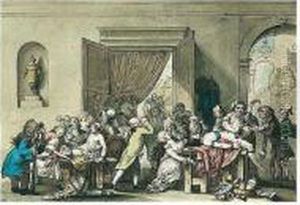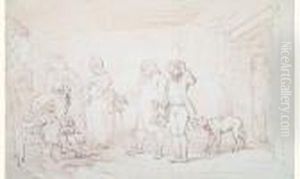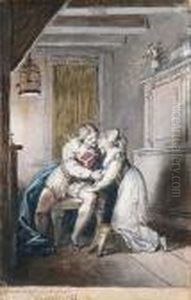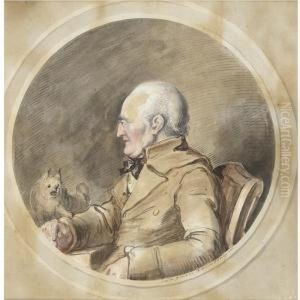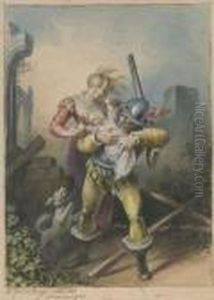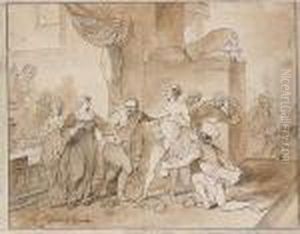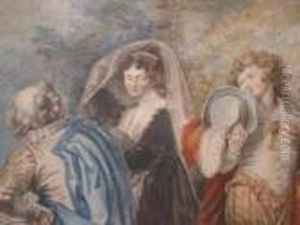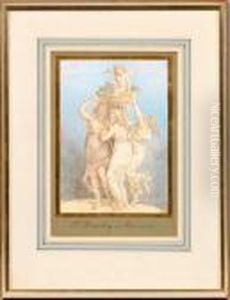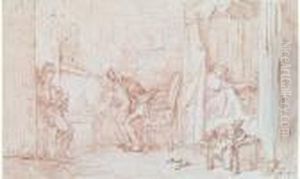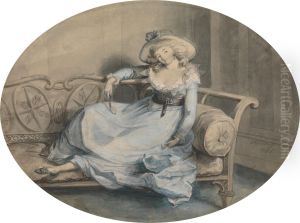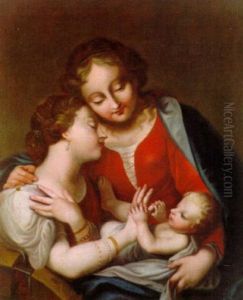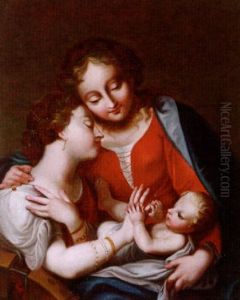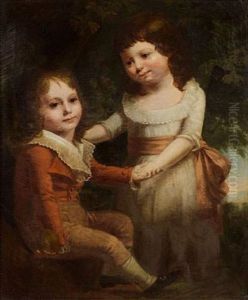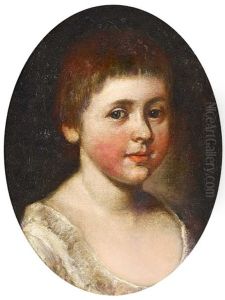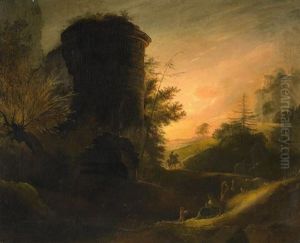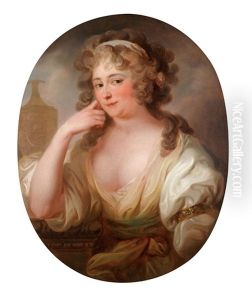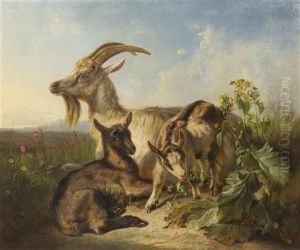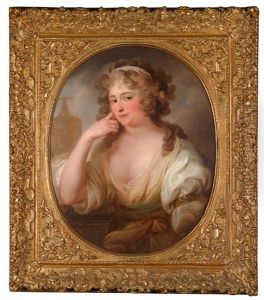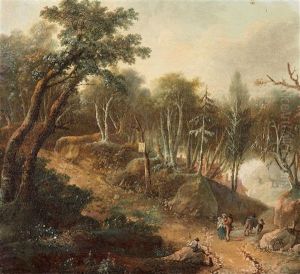Johann Heinrich Ramberg Paintings
Johann Heinrich Ramberg was a notable German painter and illustrator, renowned for his prolific output and versatility in various art forms. Born on July 22, 1763, in Hanover, Germany, Ramberg demonstrated artistic talent at a young age. He initially studied under his father, a woodcarver, before attending the Hanover Academy of Arts. His skills caught the attention of George III, King of Great Britain and Elector of Hanover, who became his patron. With the king's support, Ramberg traveled to London in 1781 to further his studies at the Royal Academy of Arts.
During his time in London, Ramberg was exposed to a wide array of artistic styles and influences, which he incorporated into his work. He became well-regarded for his illustrations, contributing to editions of Shakespeare and other literary works. Additionally, Ramberg made a name for himself as a portraitist and history painter, though his oeuvre also includes genre scenes and caricatures, reflecting his keen observation of everyday life and society.
Ramberg's illustrations were celebrated for their lively and detailed character, often displaying a sense of humor and satirical edge. He worked on numerous commissions for book illustrations, which helped disseminate his reputation across Europe. Despite his success in Britain, Ramberg maintained strong ties to his homeland, and in 1788, he returned to Hanover, where he continued to work and receive commissions from the court.
In the latter part of his career, Ramberg became the court painter for the Electorate of Hanover. He was a respected figure in the Hanoverian art scene and contributed significantly to its development. He also served as a teacher and mentor to younger artists, passing on his knowledge and experience.
Johann Heinrich Ramberg's legacy is marked by the breadth of his work and the influence he had on the illustration and painting of his time. His works can be found in various collections and museums, testifying to his enduring appeal and the mark he made on the art world. He continued to paint and illustrate until his death on July 6, 1840, in Hanover, leaving behind a rich portfolio that continues to be appreciated by art historians and enthusiasts alike.
